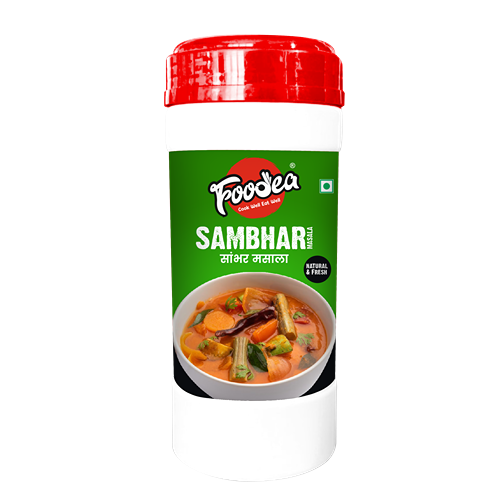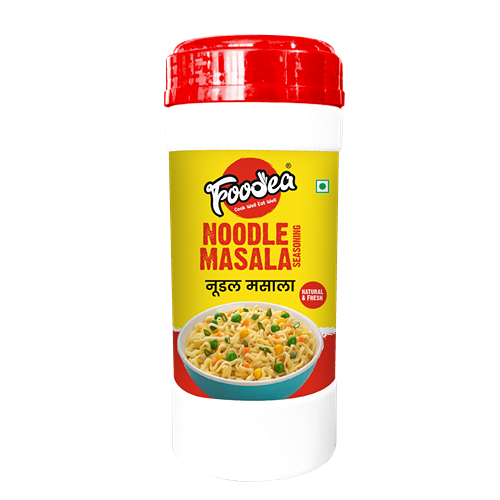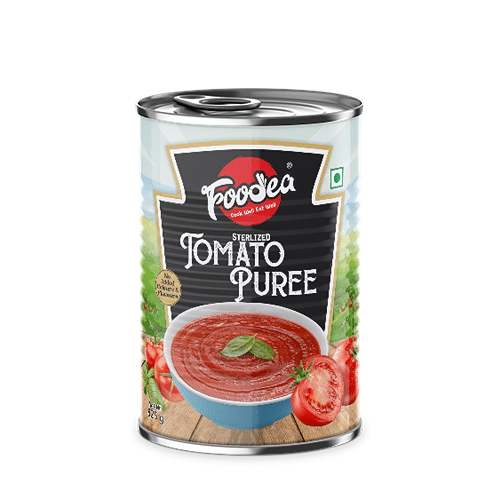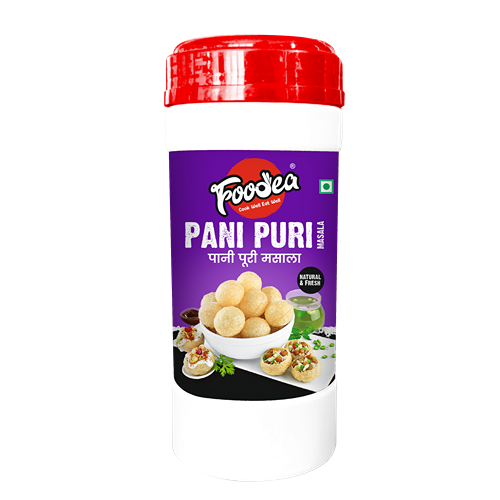The Essence of Sambhar Masala
Sambhar masala is an integral spice blend that holds a prominent place in Indian cuisine, particularly in South India. It is a harmonious combination of various ingredients, each contributing distinct flavors and health benefits. The primary components of sambhar masala include lentils, which provide a protein-rich foundation, tamarind, known for its tangy taste, and an array of spices such as mustard seeds and fenugreek. This eclectic mix not only enhances the flavor of dishes but also weaves a narrative of cultural significance and tradition that is rich in history.
The origin of sambhar masala can be traced back to the state of Tamil Nadu, where its use became widespread due to regional agricultural practices and the availability of diverse ingredients. Over time, sambhar transcended its local roots and became a staple not only in South Indian homes but also across the globe. This global appeal has facilitated its incorporation into various international cuisines, enabling chefs to create fusion dishes that highlight sambhar’s unique flavors. As culinary boundaries continue to blur, sambhar masala has emerged as a dynamic ingredient that can complement an array of recipes beyond traditional Indian fare.
In addition to its culinary versatility, sambhar masala is celebrated for its health benefits. The spices contained within sambhar masala are rich in anti-inflammatory properties and antioxidants. For instance, fenugreek is known for its ability to aid in digestion, while mustard seeds can promote heart health. As a result, this spice blend has garnered attention from health-conscious consumers striving for flavorful yet nutritious meal options. Thus, sambhar masala is not merely a culinary staple but a symbol of global culinary partnerships that unite flavors, traditions, and health benefits.
Collaborating for Global Flavor: Seeking International Partnerships
The vision of Foodea revolves around the ambition to forge international partnerships that highlight sambhar masala as a quintessential element in global cuisine. Understanding the strategic importance of this collaboration, the organization aims to engage with chefs from diverse culinary backgrounds, culinary schools, and food brands. By doing so, Foodea seeks to promote sambhar masala beyond its traditional Indian roots, showcasing its versatility in a wide array of culinary practices.
Collaborative efforts can yield remarkable results, as evidenced by several successful partnerships that have emerged in recent years. For instance, a notable collaboration between Indian chefs and Italian culinary schools developed an innovative recipe that combined sambhar masala with classic pasta dishes. Such cross-cultural exchanges not only enrich the culinary landscape but also elevate sambhar masala’s profile on the international stage. Chefs participating in these ventures gain insights into the complexities of sambhar masala, motivating them to experiment and innovate in their own culinary spheres.
Moreover, the partnerships with global food brands present opportunities for strategic marketing, potentially leading to sambhar masala featuring in mainstream culinary products. This increased visibility is crucial for expanding sambhar masala’s presence in global markets, making it accessible to a broader audience. However, while exploring these partnerships, it is essential to acknowledge the potential challenges. Cultural differences, varying culinary opinions, and market readiness can complicate the collaborative process.
To address these challenges, Foodea prioritizes open communication and mutual learning throughout the partnership journey. By fostering a welcoming environment for culinary dialogues and knowledge exchanges, these international partnerships can thrive. As sambhar masala continues to garner appreciation across different cultures, it paves the way for an enriched gastronomic experience and a more diverse culinary identity.












Reviews
Clear filtersThere are no reviews yet.